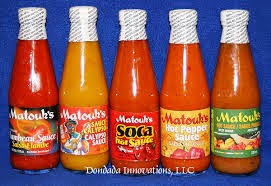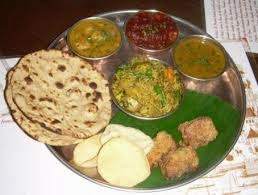The term 'corned' comes from putting meat in a large crock and covering it with large rock salt that was referred to as 'corns of salt'.Before corned beef was salted beef which was practiced in ancient times in cold countries, they found that the meat didn't spoil if it made contact with enough salt.
The Irish were the biggest exporters of corned beef till 1825 where it was introduced to America.
| Curried corned beef with potatoes and rice |
Ramen was introduced to Japan by some Chinese tradesmen in the 19th century.The word Ramen means 'noodles in soup broth'. When the U.S occupied Japan it imported wheat as away to contain communism.In 1970, ramen was introduced to the U.S by a company called Nissin which generated over 6 billion in profits.
It's pasta so of course it has some Italian origin.It is also said that
U.S President Thomas Jefferson at the time encountered this dish in
Italy and brough back to recipe to the United States where the famous
company Kraft put it a box in 1937.
'Lasanis' in the 13th century was said to be the first mac and cheese recipe
| Macaroni and cheese |
using cheddar cheese.

.png)
.png)



.png)






.png)
.jpg)
.png)


.png)

.png)
.png)
.png)


.png)


.png)
.jpg)
.jpg)
.jpg)
.png)
.png)

.png)
.png)

.png)
.png) .
..png)
.png)
